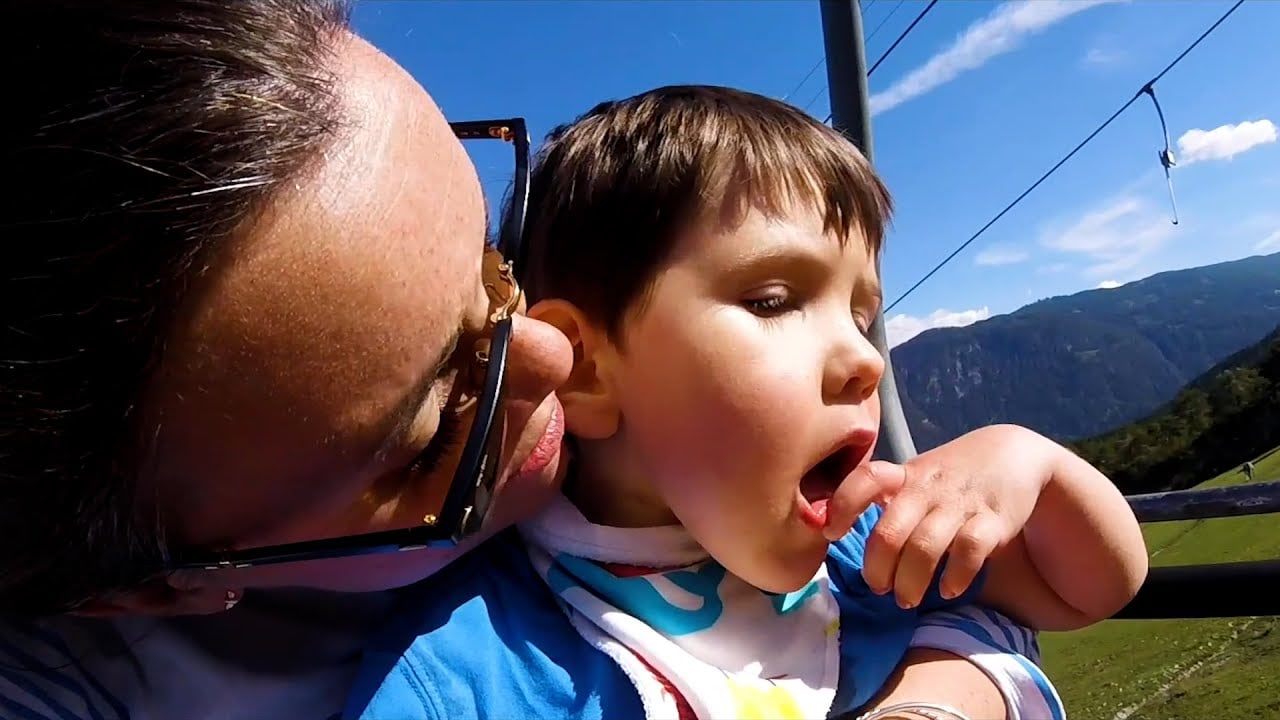Rapid Fire
Most common wish?
Disneyland Paris
What would your wish be?
Now, as opposed to when I was a kid, I would like to play the part of Tony in West Side Story
What about when you were a kid?
I would have wanted to meet by favourite Aston Villa football player, Brian Neville
Most common pandemic wish?
Gaming equipment. A lot of kids are socially isolated, and in lockdown they were even more so because of shielding, so it was their way of socialising!
Most unusual wish?
A little girl wanted to be taken to a castle in a carriage drawn by unicorns in order to battle with ninja warriors in grounds
Most impressive wish (or hardest to pull off)?
We’ve had a wish to go into space and with the help of the RAF we ended up providing a zero-gravity experience for the child and their father in a special plane

